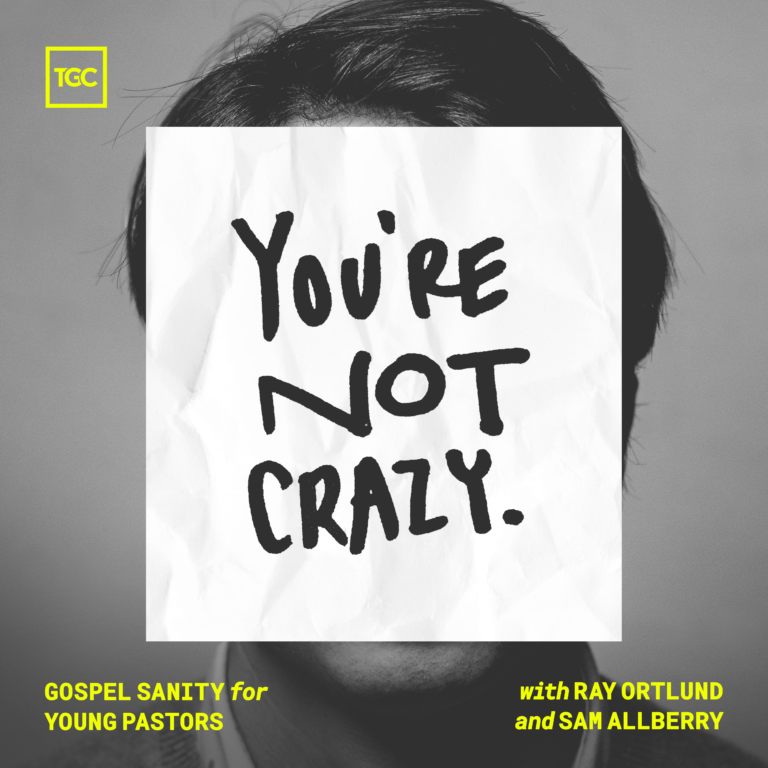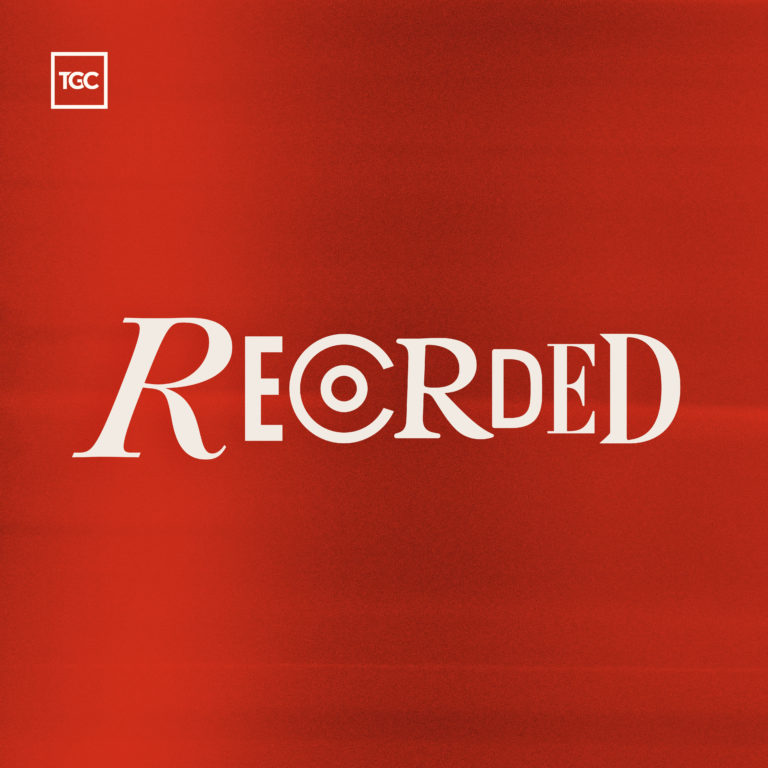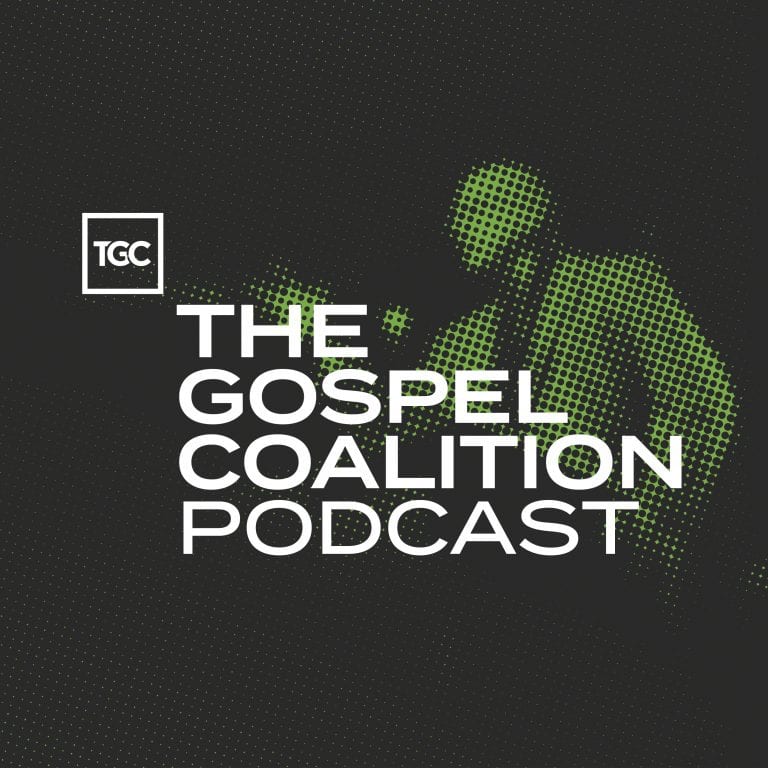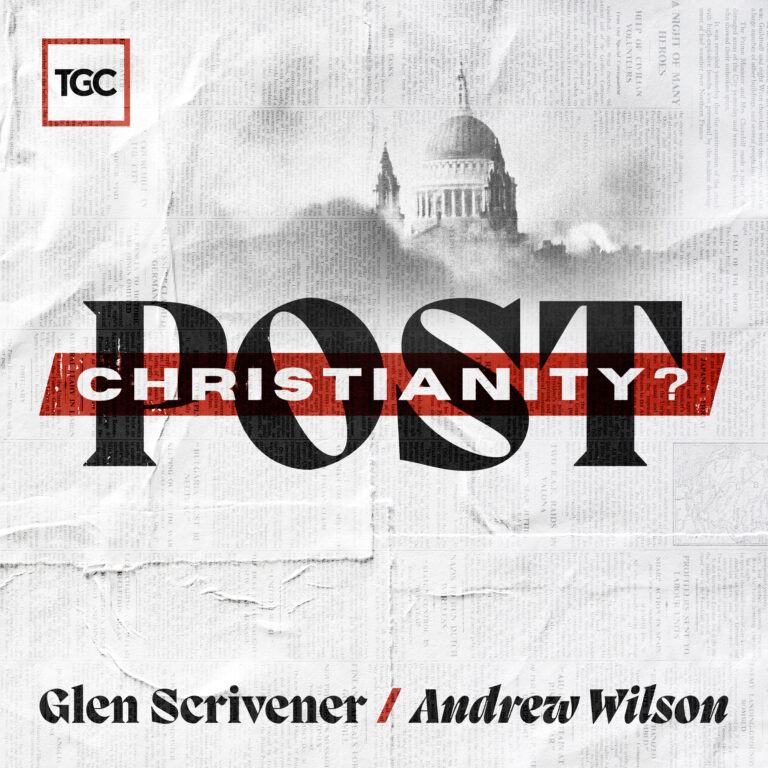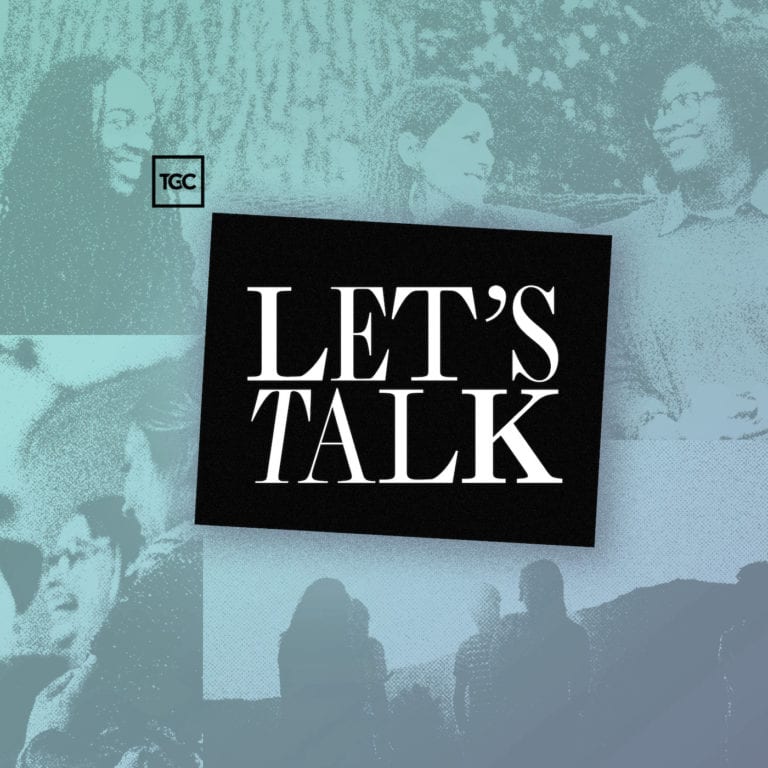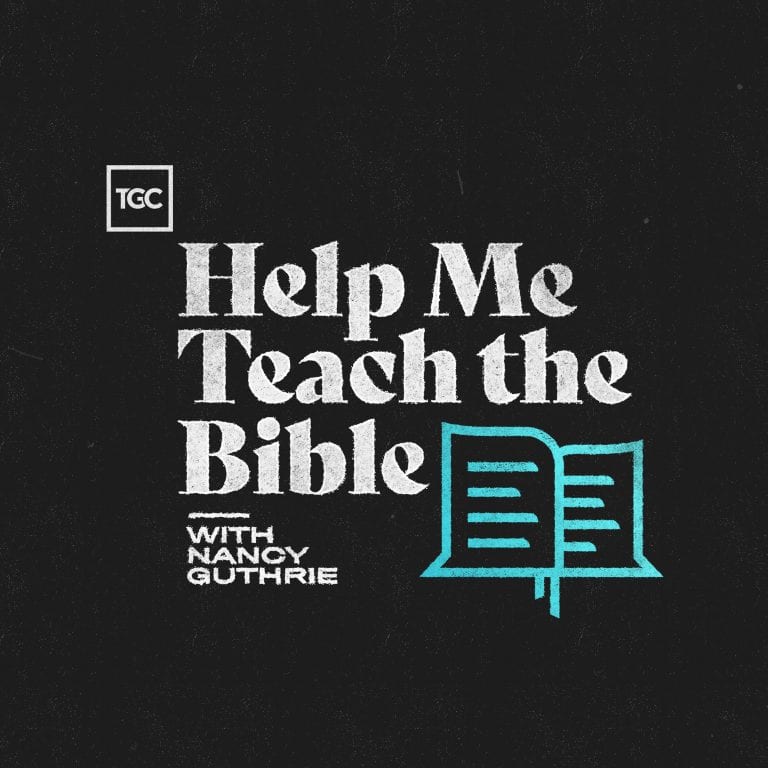Last month Leland Ryken recommended “3 Classic Poems Every Christian Should Read” and Karen Swallow Prior proposed “8 Works of Fiction Every Christian Should Read.” To these suggestions I’d add the “One Short Story Every Christian Should Read.” I’d also like to walk you through a close reading of the story.
Both Ryken and Prior are esteemed professors of English, while I am not. They have developed their ability to analyze literature in ways that I have not. They are, in other words, qualified for the task in a manner that, again, I am not.
However, there’s often value in learning from a peer whose skill is closer to one’s own. This is particularly true when it comes to engaging in works of literary art. When we see it done by someone like us, the task seems less daunting. We also see how to avoid the two common temptations when engaging with cultural works: interpretative relativism (i.e., no individual’s interpretation is better than any others) or an over-reliance of expertise (e.g., that interpreting literature is best left to the professors).
How to Read Closely
The approach I want to recommend is close reading, a method that, as Alan Jacobs (yet another lauded professor of English) says, is the one essential practice of all study of literature and writing: disciplined attentiveness.
Close reading is a necessary—I would even say the necessary—skill in literary study (and in the reading component of composition classes) for one overwhelming reason: it teaches people that easy judgments made on the basis of superficial acquaintance with a text are worthless. What you (or I!) have to say about a text isn’t worth hearing unless it is demonstrably based on thorough, attentive, careful reading—close reading.
The method is simple: read the story with a disciplined attentiveness, think about what you read, and then consider your response. To develop our skill in close reading, I want to practice on what I consider the best short story in the English language, Flannery O’Connor’s “Parker’s Back.” (The story is included in the short story collection Everything That Rises Must Converge, and a PDF copy can be found online here.) What makes this story ideal for this exercise is that it’s loaded with allusions, symbols, and meaning. It can bear the weight of close scrutiny.
Before you continue to my assessment, please first read the story. It’s only 16 pages, so even slow readers like me can read it two to three times within an hour. My explanation of the test is not meant to replace your own, but rather to serve as an example of what a close reading can reveal—even for those of us with no special skill in literary interpretation. Also, be warned the story contains an instance of profanity and use of racist language.
Parker Marries Legalism
The story opens with two words—“Parker’s wife”—that throughout the story will serve as a contrast to the “Parker’s back” of the title. His wife, Sarah Ruth, is the embodiment of legalistic religion. Like legalism, she is drab and dour, judgmental and disapproving. And like legalism, she needs hate to provide herself with meaning.
To fulfill his own need for religion, O. E. Parker committed to this woman—and therefore to legalism—because he felt he had not other choice. Now he stays for the same reason. He feels bound to her and the religion she represents, which leads him to feel shame and self-loathing.
He first meets his wife when his truck breaks down on the side of the road. For no apparent reason than that sin is provoked by law, he unleashes a string of profanity, and in response is slapped and chastised for his blasphemy. He initially thinks the sudden violence is an encounter with a heavenly being (a “giant hawk-eyed angel wielding a hoary weapon”), but it is only Sarah Ruth.
Encounter with the Sublime
At the age of 14, Parker has an encounter similar to what Edmund Burke called the sublime. (See this two-minute video for a helpful explanation of the difference between the beautiful and the sublime.) Seeing the tattooed man awakens his own sense of existence and changes the direction of his life in a way that he couldn’t predict. Parker starts tattooing his own body, because he wants to recapture the encounter with the sublime, a yearning for God that he doesn’t yet recognize. Like many unredeemed people, he’s desperately searching to fill the spiritual hole in his soul that can only be filled by God. In Parker’s case, he is filling the space in his soul by filling the physical space on his body.
Hot Breath of the Burning Tree
Parker—whose initials we later learn stand for Obadiah Elihue—is alternately drawn to and repulsed by his wife, because her legalistic religiosity provides him a representation of the encounter with the God he seeks. In marrying Sarah Ruth he joins his life to her “religion” (in reality, to her legalism), and finds it to be just unsatisfying as most people who join legalistic churches and find a dead faith inside.
Eventually, Parker’s dissatisfaction with this false religion (embodied in his wife) grows so great that he thinks he can only fill the void with yet another tattoo. That’s when he has a true religious experience, a holy encounter similar to Moses’s burning bush.
He could feel the hot breath of the burning tree on his face. He scrambled backwards, still sitting, his eyes cavernous, and if he had known how to cross himself he would have done it. [emphasis added]
Parker Searches for God in a Tattoo Parlor
Rather than returning home to seek solace from his wife, he drives to a tattoo parlor. He thinks he needs a tattoo about God, but what he’s really seeking is God himself:
“Who are you interested in?” he said, “saints, angels, Christs or what?”
“God,” Parker said.
“Father, Son or Spirit?”
“Just God,” Parker said impatiently. “Christ. I don’t care. Just so it’s God.”
In seeking God, he rejects the happy-clappy versions of God, which he has already encountered through his encounter with religious people:
Some of them he recognized—The Good Shepherd, Forbid Them Not, The Smiling Jesus, Jesus the Physician’s Friend, but he kept turning rapidly backwards and the pictures became less and less reassuring. [emphasis added]
Parker isn’t looking for God to reassure him with some “I’m okay, you’re okay” prosperity gospel nonsense. He knows God commands obedience—“The eyes that were now forever on his back were eyes to be obeyed.” The voice of God not only tells him which tattoo to choose but also gives him a command (“GO BACK”—this is the one [or The One] to go on his back).
Unlike an encounter with the kitschy “friendly Jesus,” this is an encounter with the truly sublime, an experience that evokes terror and trembling. Through the encounter he experiences death and resurrection with Christ. This is his conversion experience.
Haunted by the Face of God
However, Parker is hesitant to accept his new reality. He initially refuses to look at the tattoo, and even denies he is “saved.” He doesn’t want to admit he’s a new man: “It was as if he were himself but a stranger to himself, driving into a new country though everything he saw was familiar to him, even at night.”
He tries to go back to his old religion (his wife), thinking that she’ll be pleased and that she’ll help him make sense of the encounter. But Sarah Ruth—or more accurately, God himself—won’t let Parker go back to his old life. He can’t even go inside until he admits he’s a new man. He has to confess his full name—and his new role: Obadiah (servant of God) Elihue (My God is He).
Parker begs his wife to look upon the “face of God,” but in her pharisaical fanaticism, she’s doesn’t recognize God at all. Instead, she beats him until “large welts had formed on the face of the tattooed Christ.”
The story ends with this meaning-packed sentence: “There he was—who called himself Obadiah Elihue–leaning against the tree, crying like a baby.” The one who called himself the servant of God was leaning against the tree (relying on the cross) and weeping like a baby (crying like a being who has been “born again”).
The title of the story, “Parker’s Back”, has a dual meaning, referring back to Parker’s physical back, on which the image of Christ is tattooed, and that “Parker is back”—he was a lost sheep, but now O. E. Parker is back in the fold of God.
“The Most Practical and Engaging Book on Christian Living Apart from the Bible”
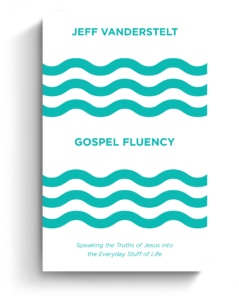 “If you’re going to read just one book on Christian living and how the gospel can be applied in your life, let this be your book.”—Elisa dos Santos, Amazon reviewer.
“If you’re going to read just one book on Christian living and how the gospel can be applied in your life, let this be your book.”—Elisa dos Santos, Amazon reviewer.
In this book, seasoned church planter Jeff Vanderstelt argues that you need to become “gospel fluent”—to think about your life through the truth of the gospel and rehearse it to yourself and others.
We’re delighted to offer the Gospel Fluency: Speaking the Truths of Jesus into the Everyday Stuff of Life ebook (Crossway) to you for FREE today. Click this link to get instant access to a resource that will help you apply the gospel more confidently to every area of your life.






















